CHINA STOPS EXPORT OF RARE EARTH METALS – We are in continuous contact with our suppliers in China and, in consultation with them, have concluded that HYAB is not affected by the export ban at this time.
Blog page
Recent Post

Published: 2025-05-21
Magnets in Restaurant Kitchens
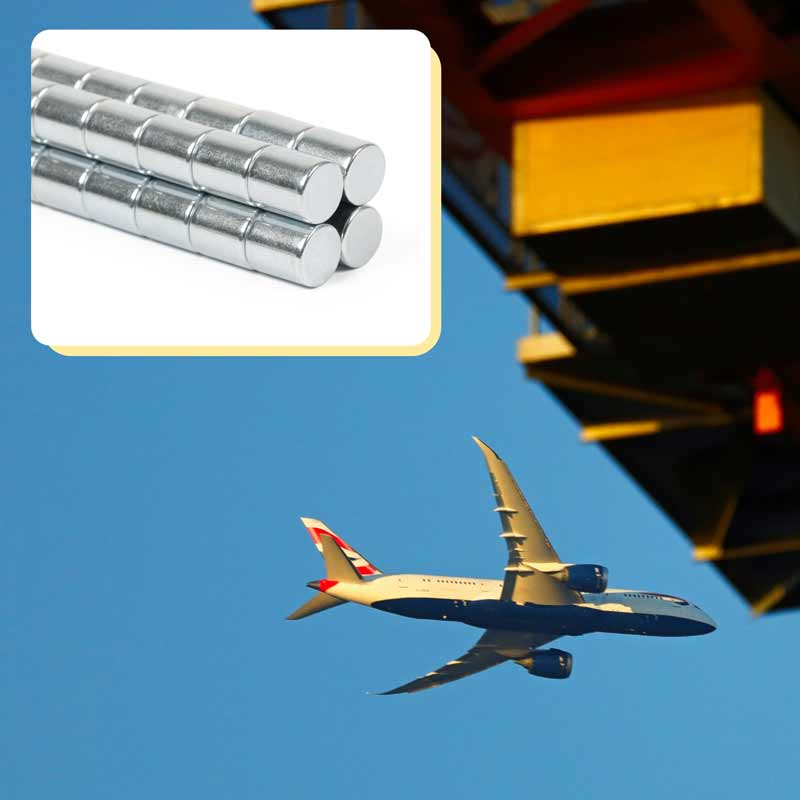
Published: 2025-05-16
Global supply challenges and HYAB’s role
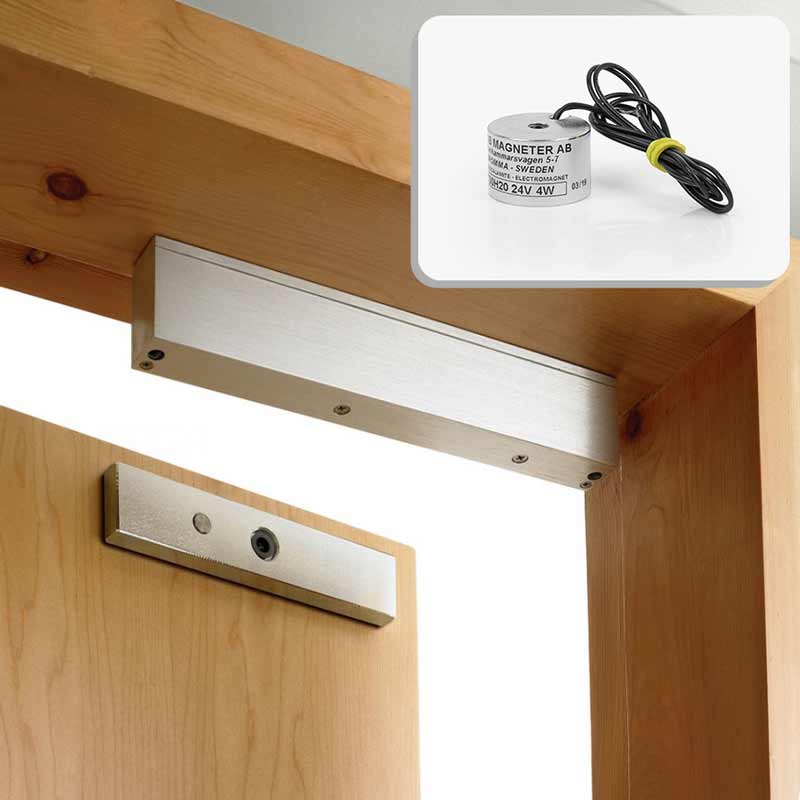
Published: 2025-05-13
Electromagnets – a more controllable magnet

Published: 2025-05-09
Magnetic filtration in the process industry
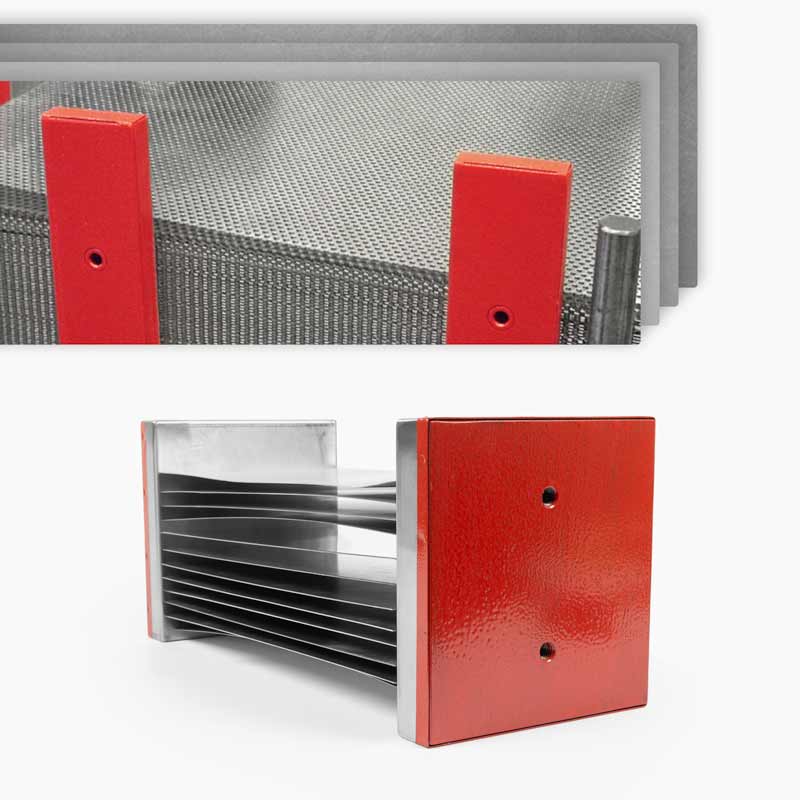
Published: 2025-05-06
Sheet metal handling – Easier with magnets
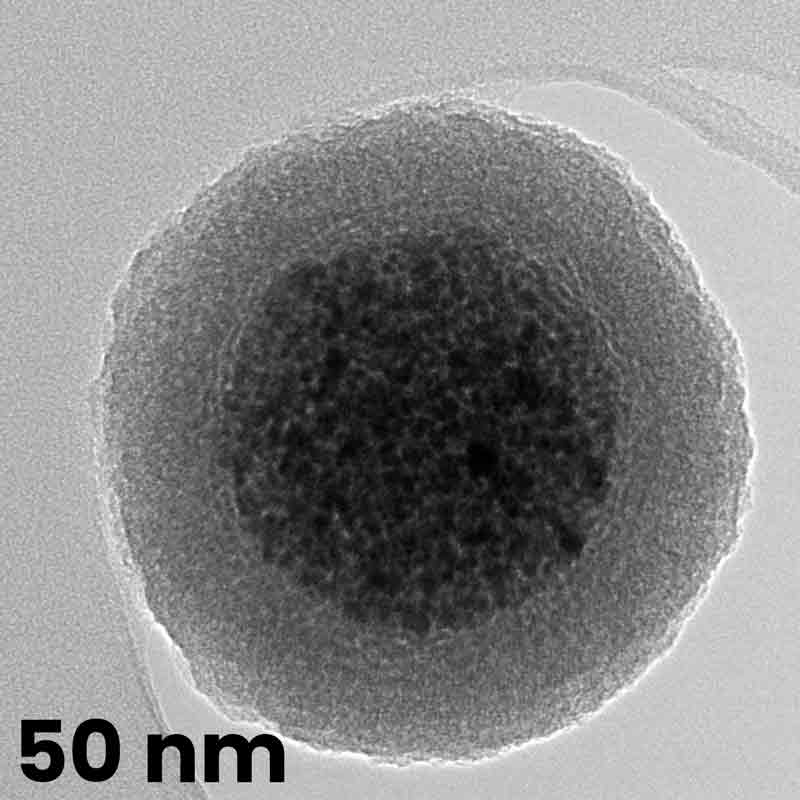
Published: 2023-05-08
![]() Daniel Gårdefelt
Daniel Gårdefelt
Magnetic nanoparticles and its use for advanced environmental solutions
The science of magnetic nanoparticles and their potential applications in cutting-edge environmental technology opens the door to creative and en...
Show more >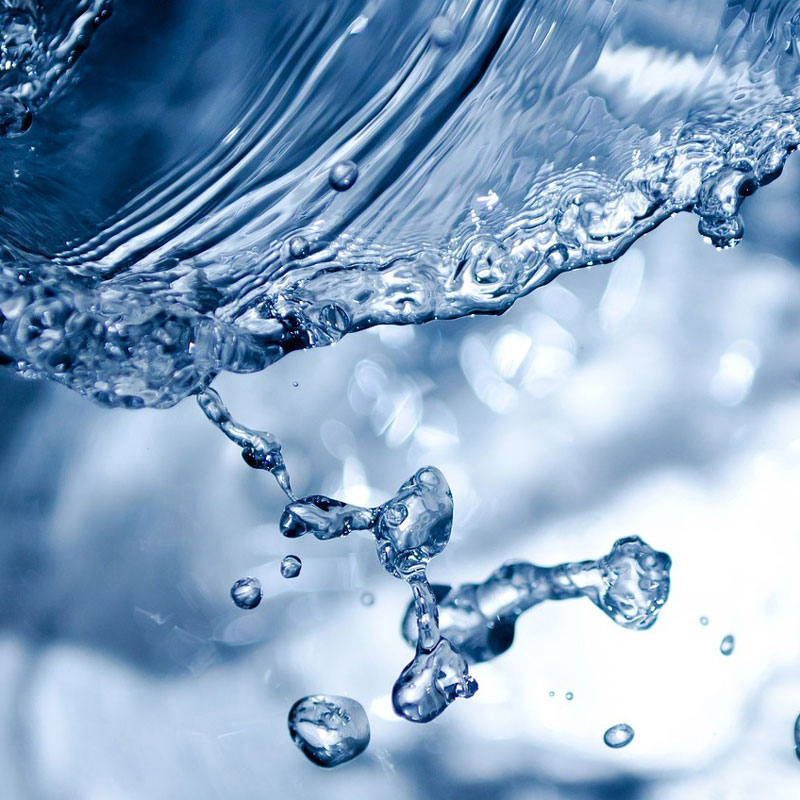
Published: 2023-02-27
![]() Daniel Gårdefelt
Daniel Gårdefelt
The use of magnets in water treatment and purification
A developing trend in environmental engineering is the use of magnets in the treatment and purification of water. Numerous contaminants, includin...
Show more >
Showing 1 to 1 of 2 (1 Pages)

